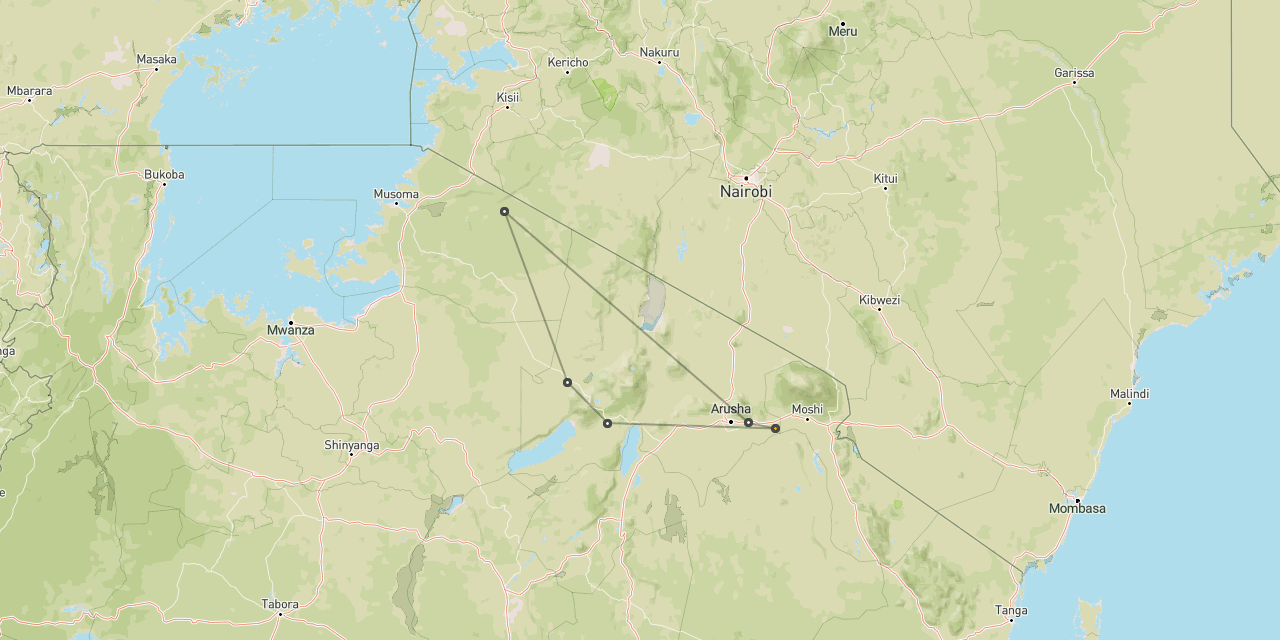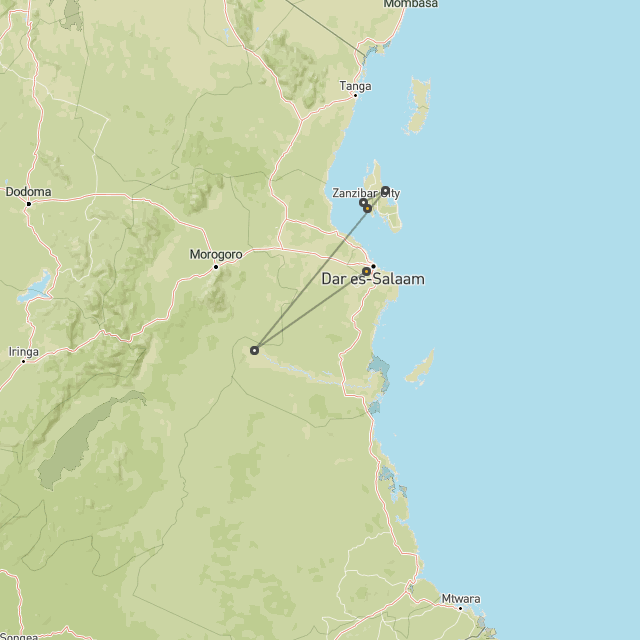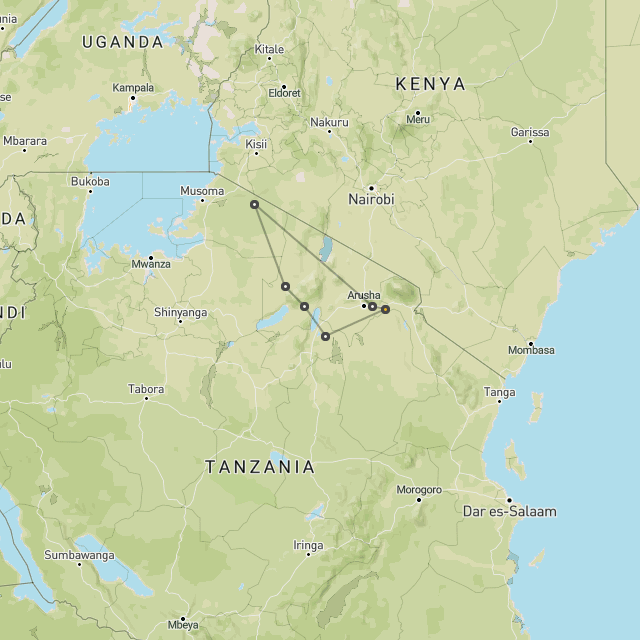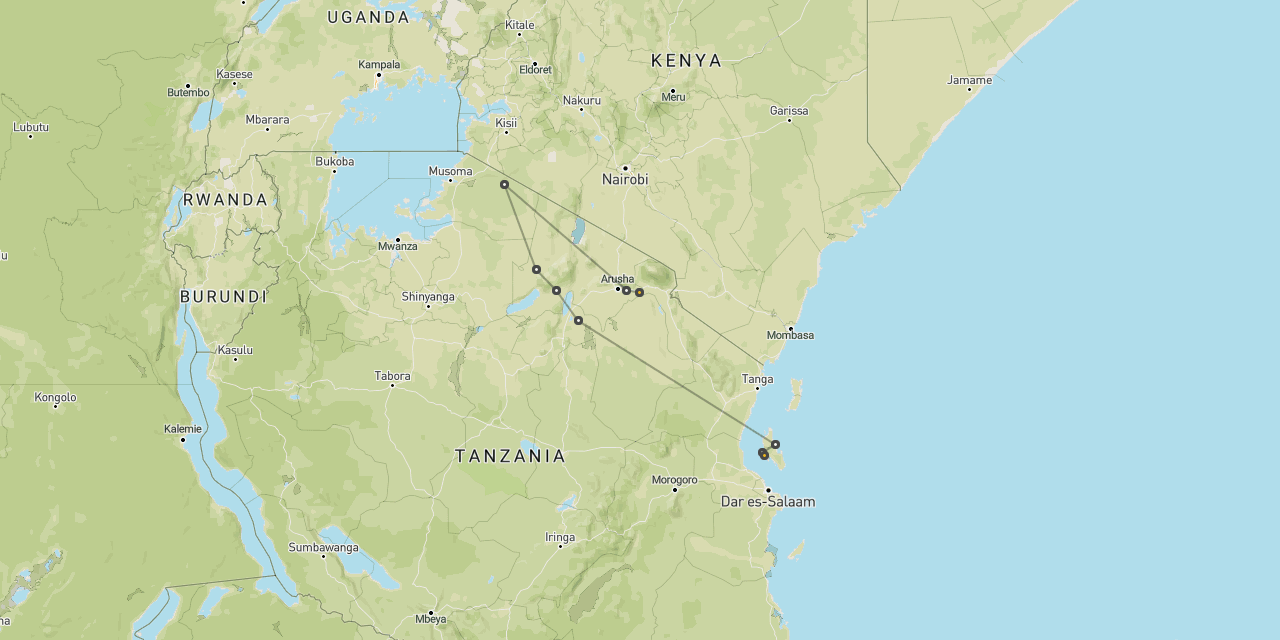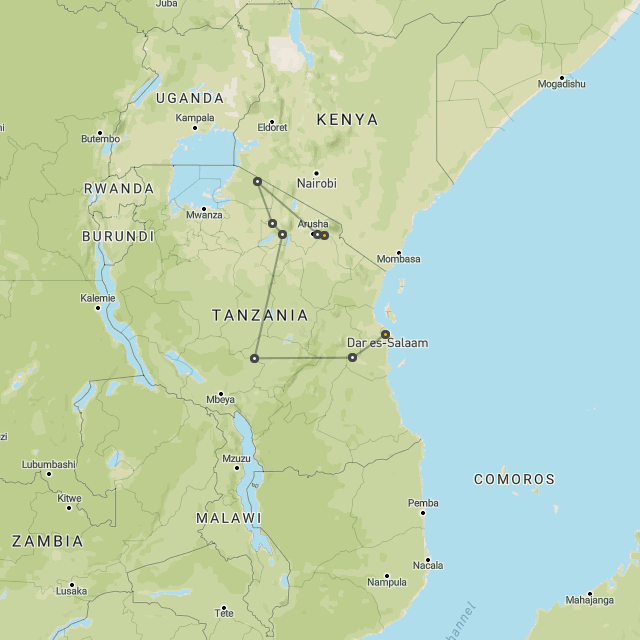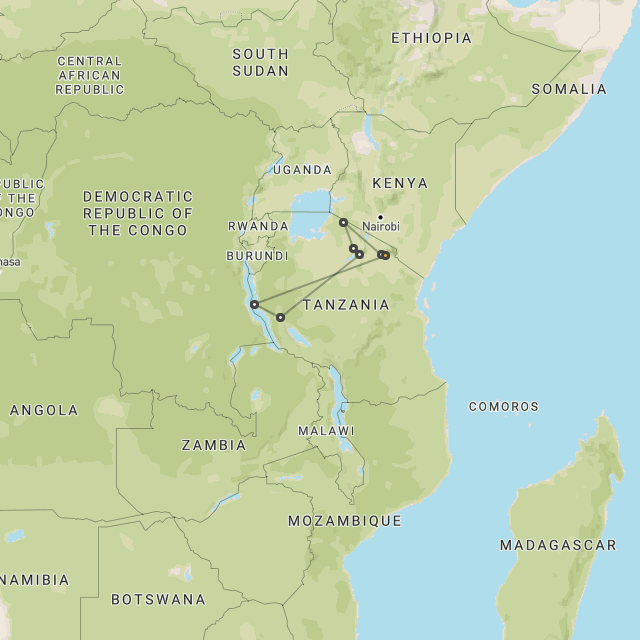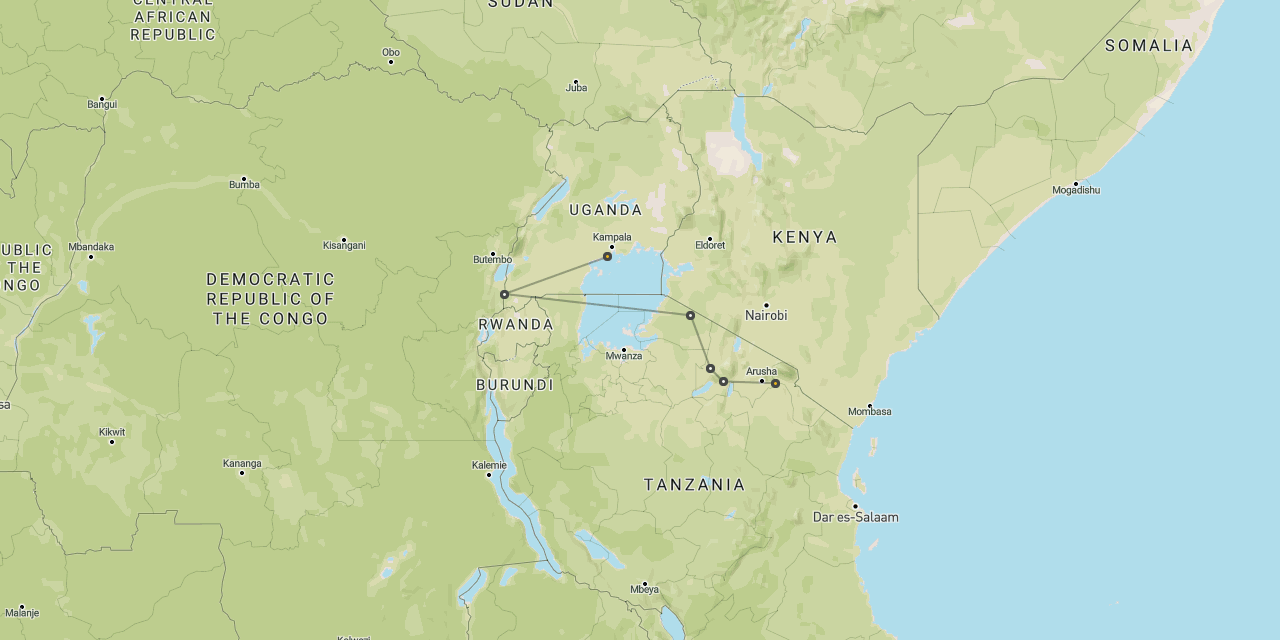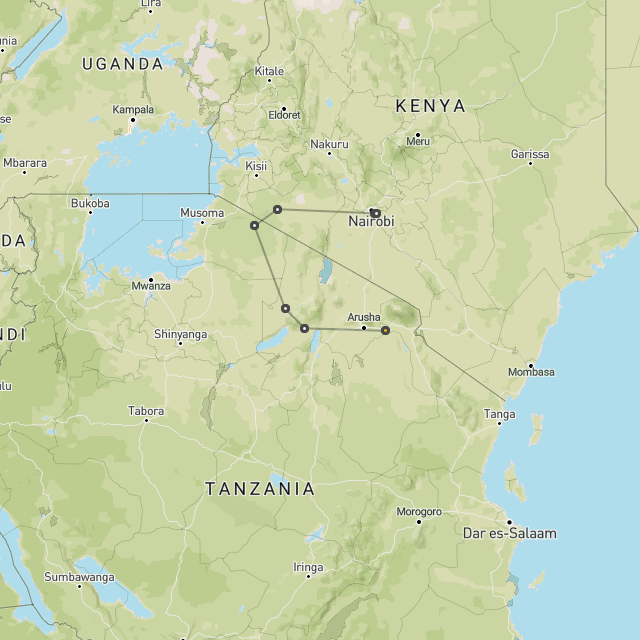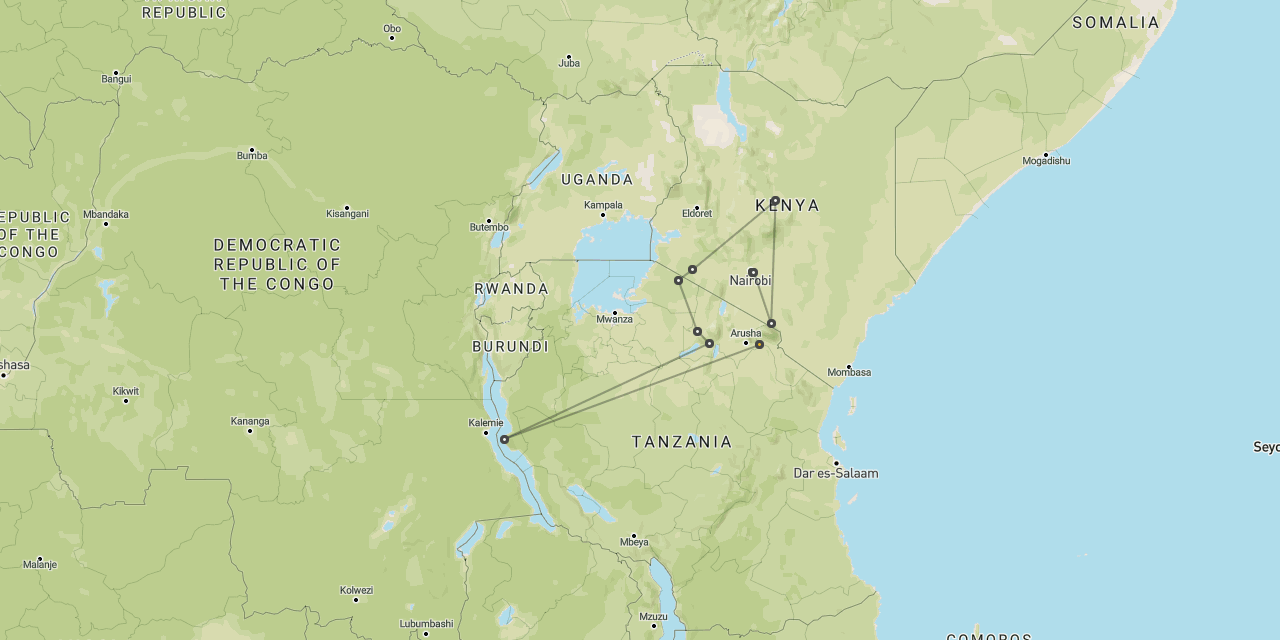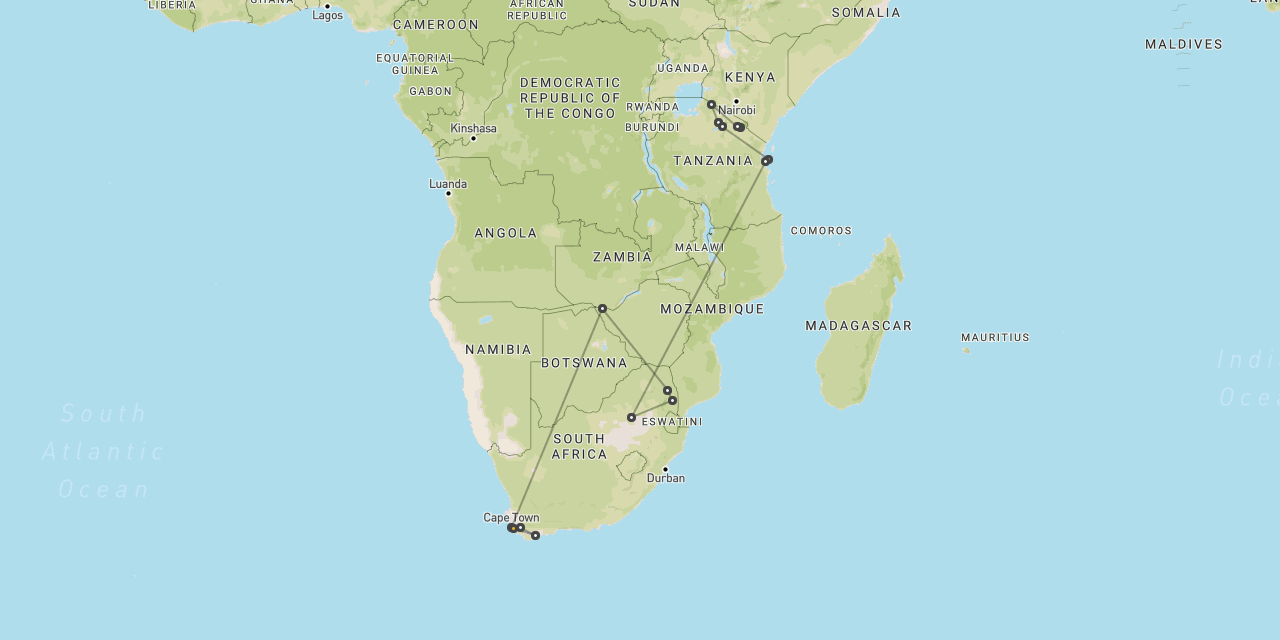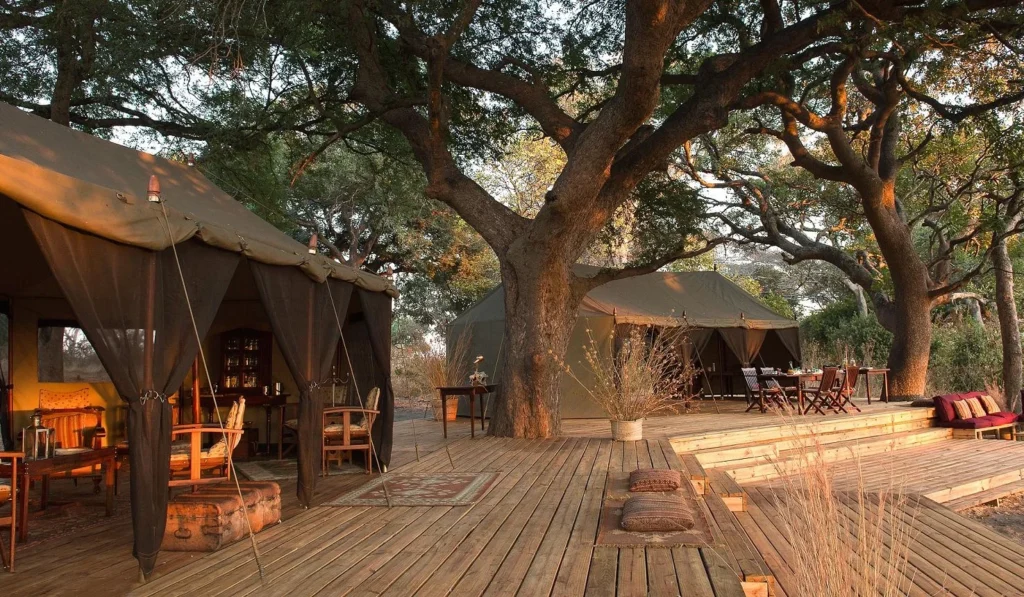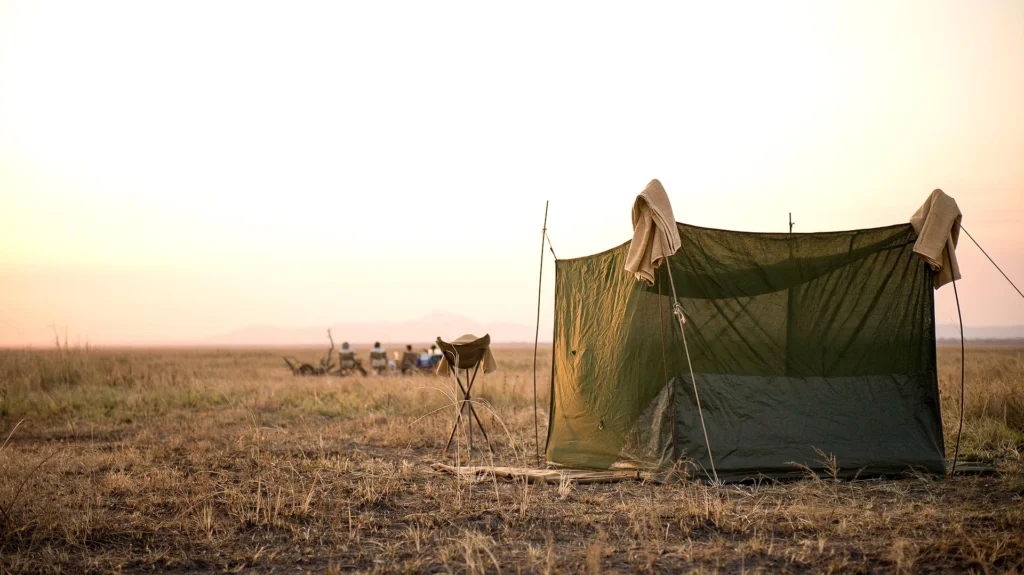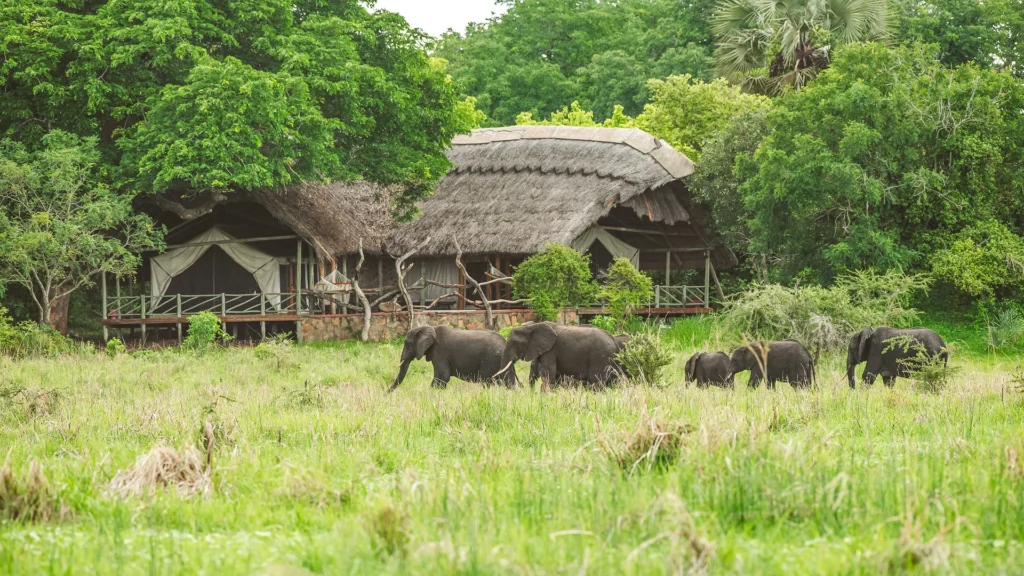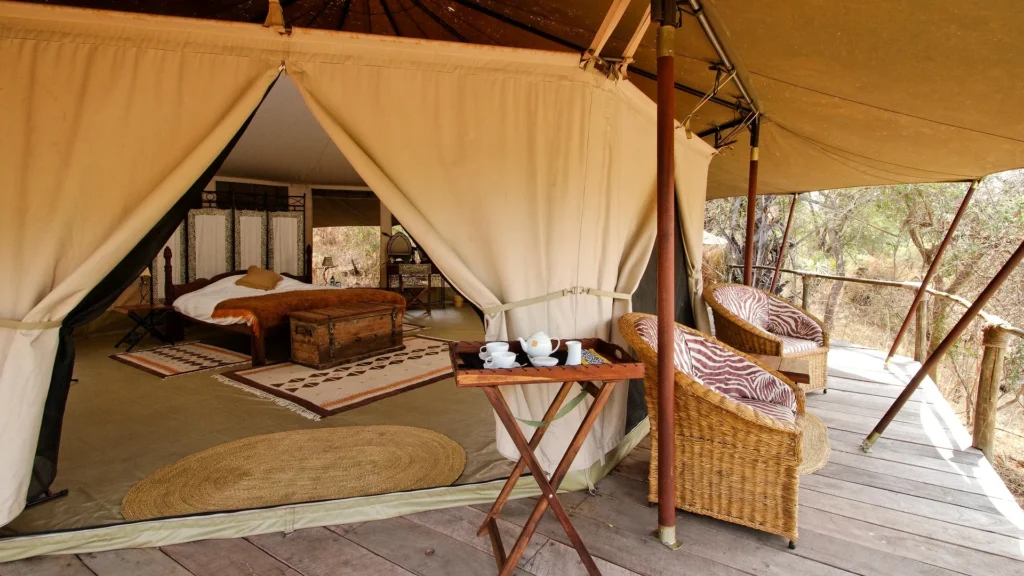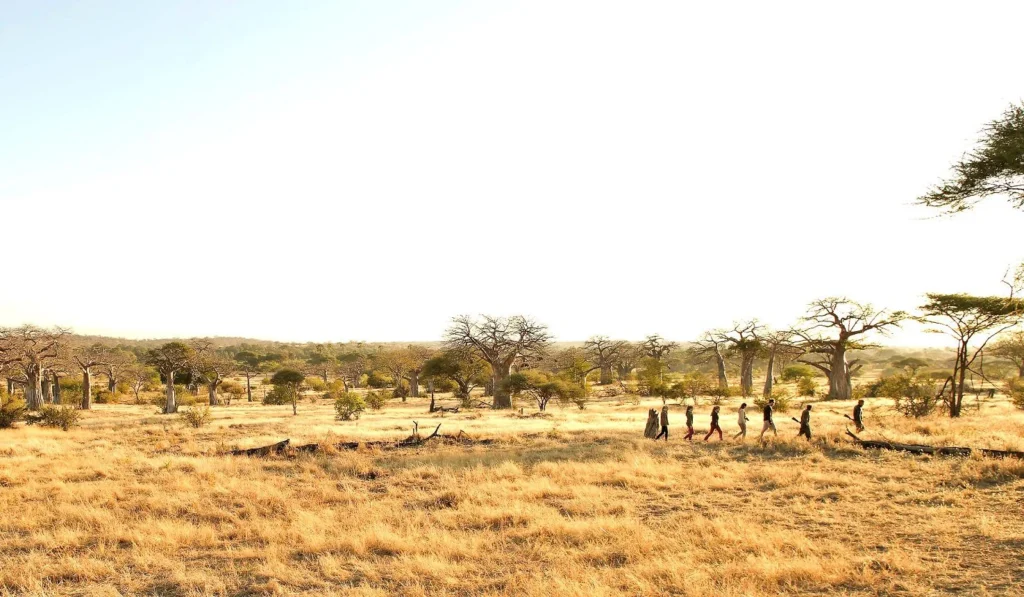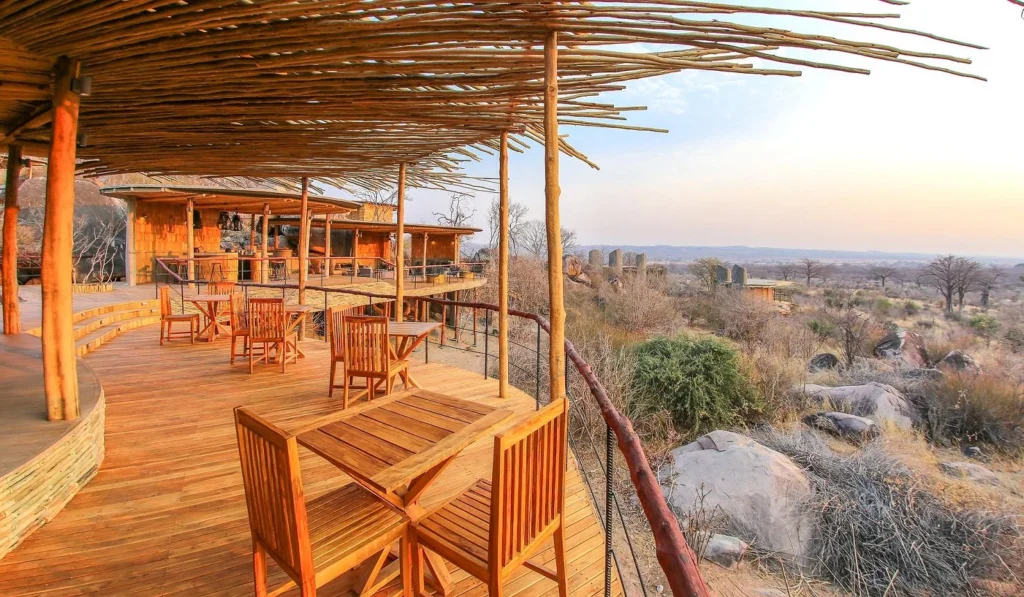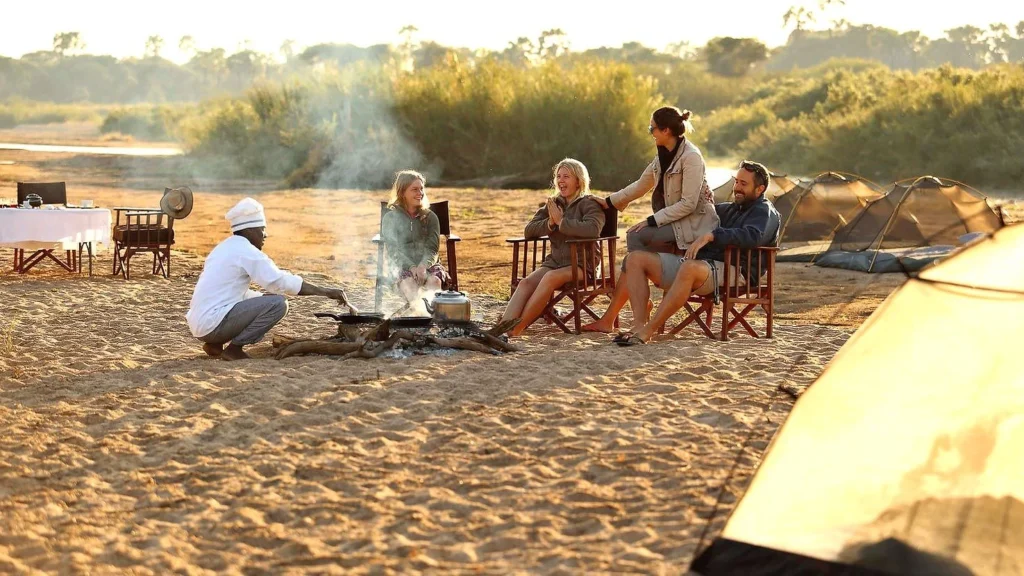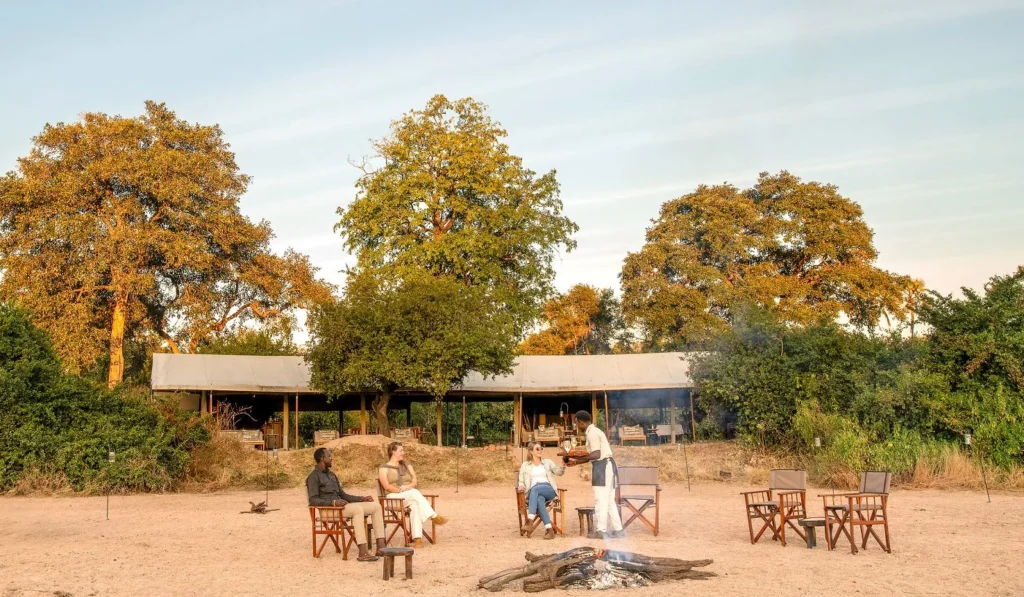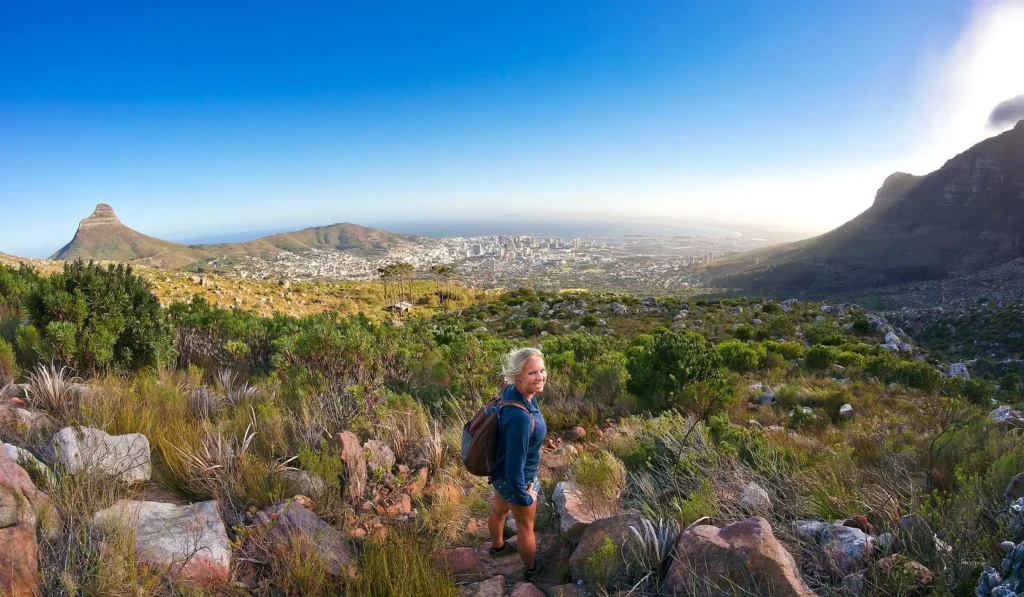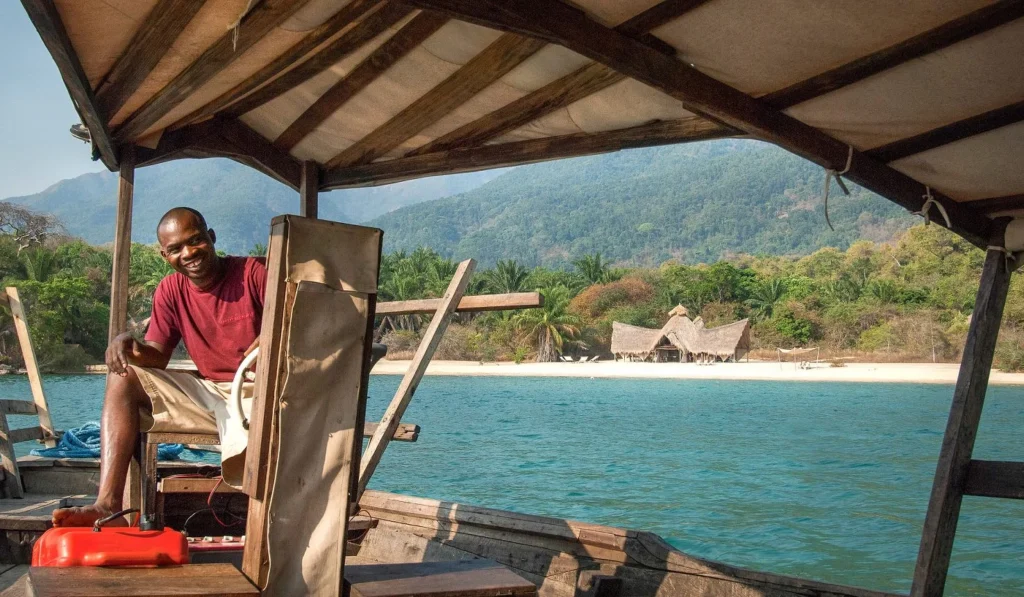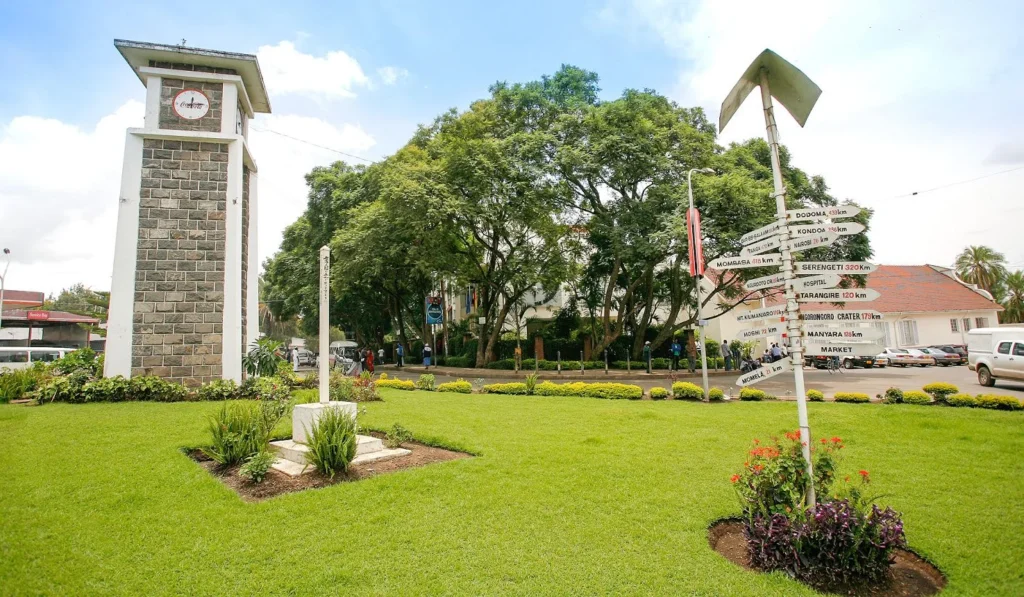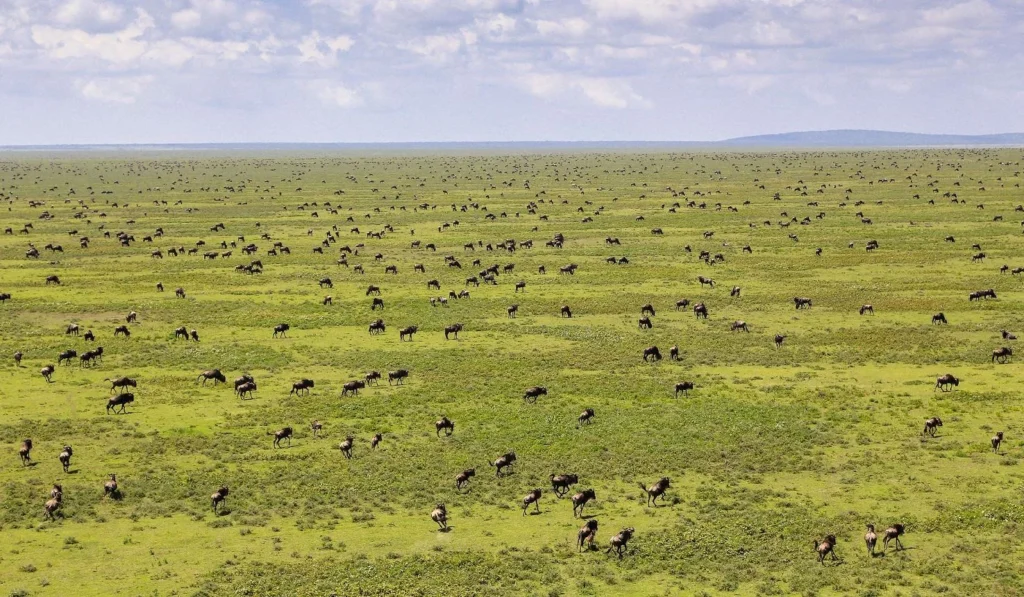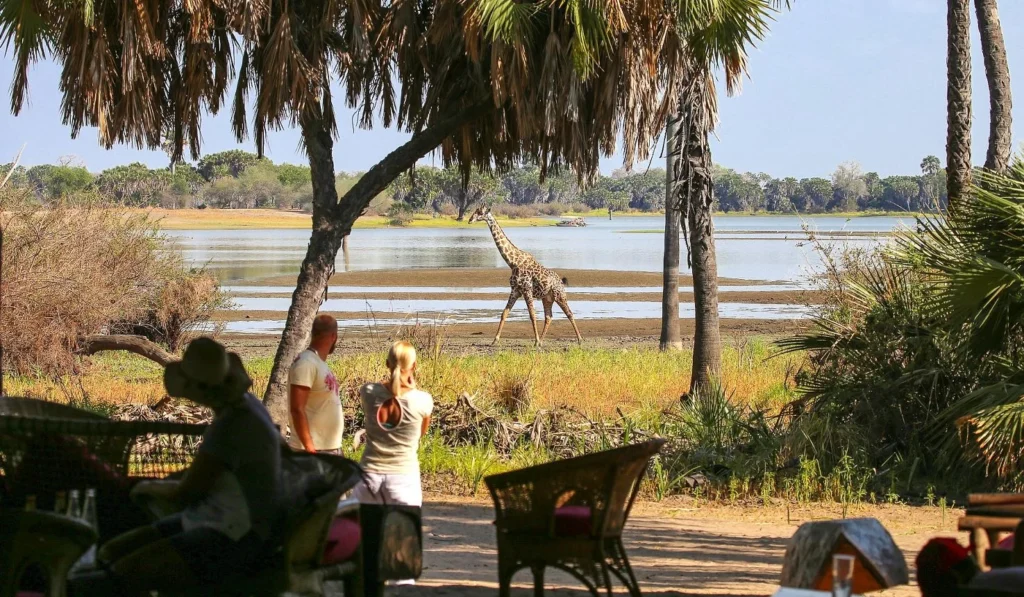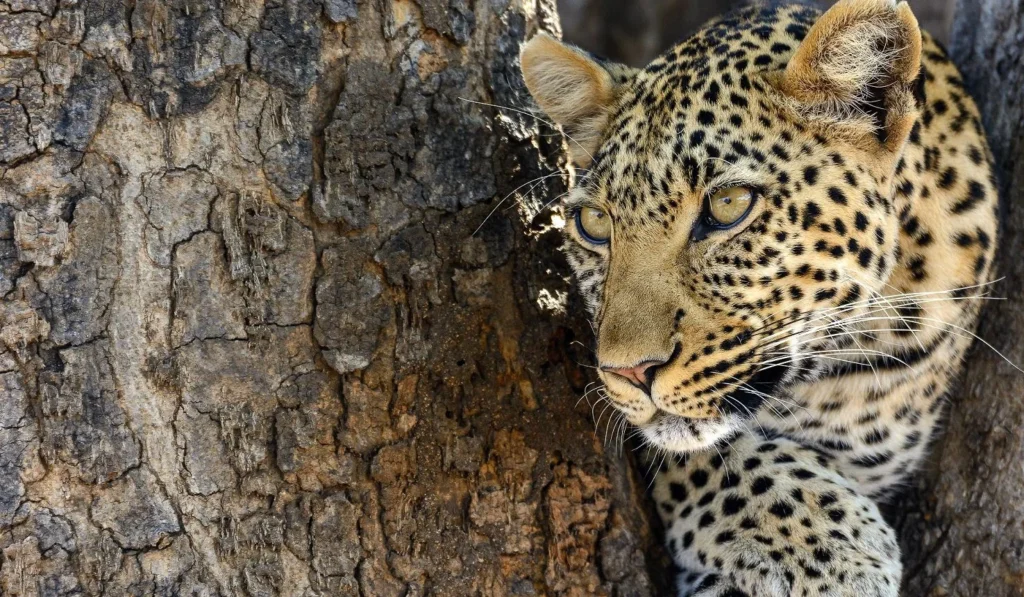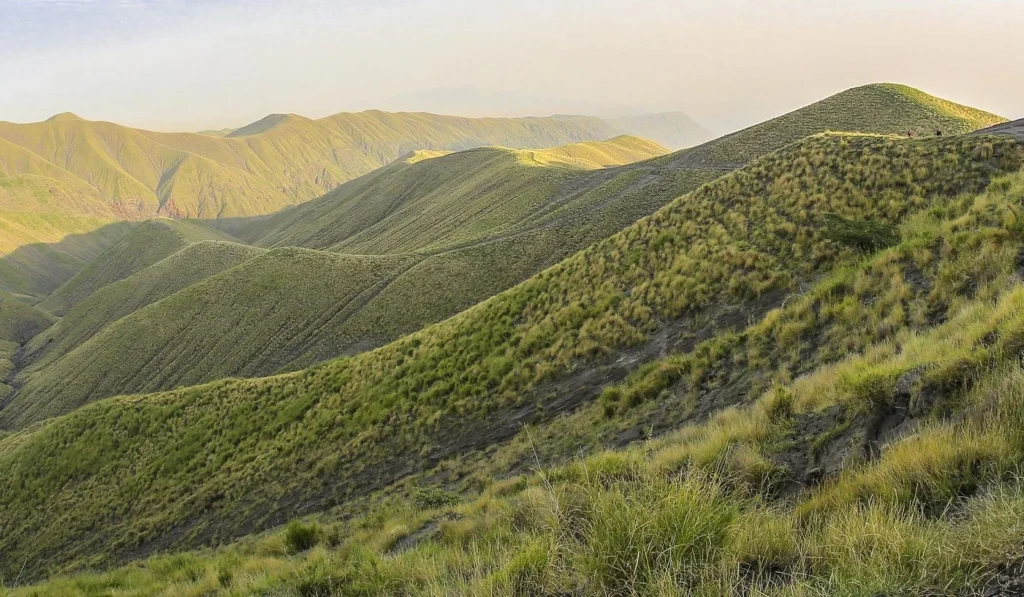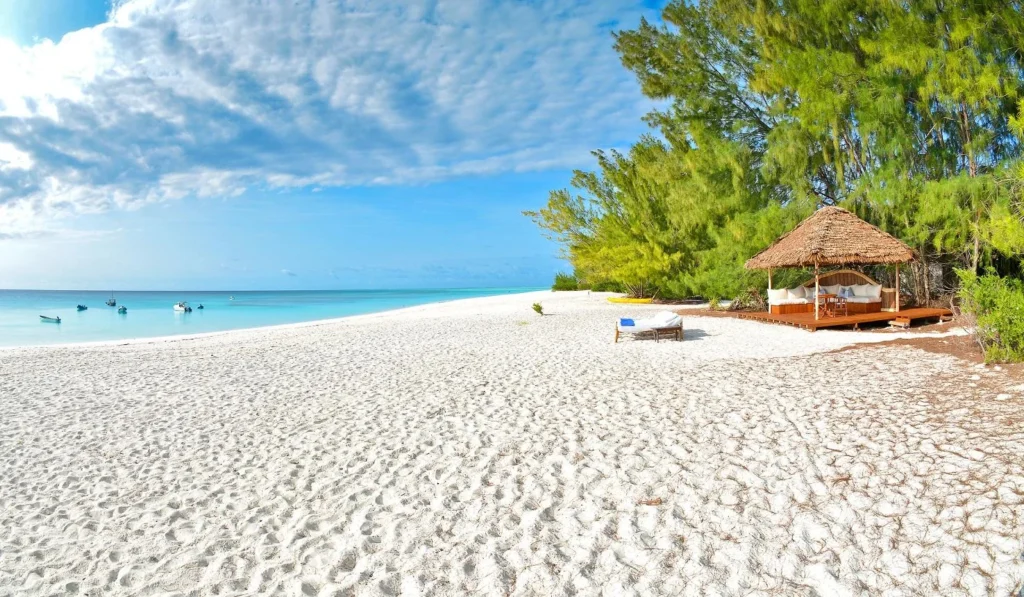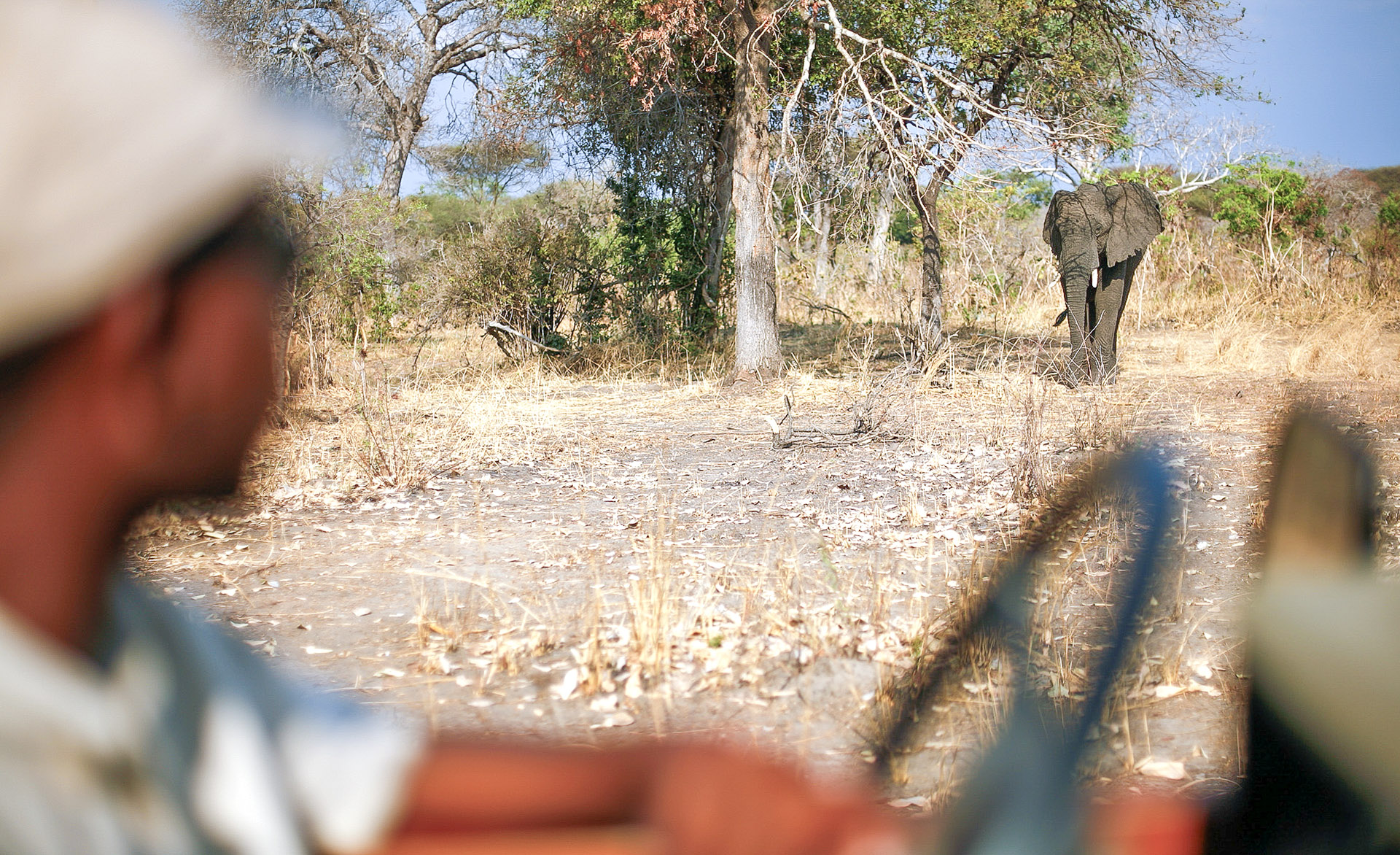
The geography and wildlife of Katavi
Katavi
is epicentral to one of the largest
conservation areas in Africa
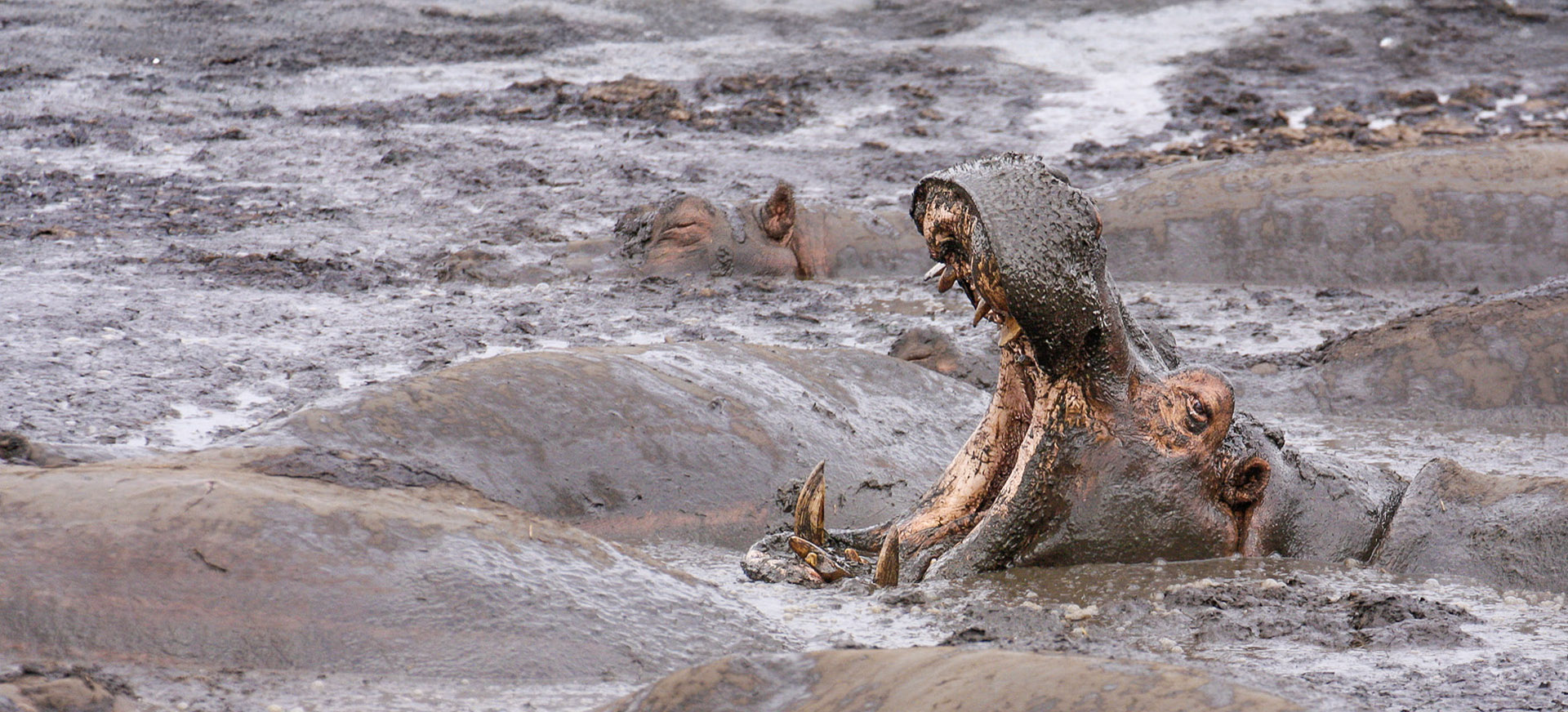
Key information …
At 4471 square kilometres, Katavi is a very large and significant national park, the third largest in the country, after Ruaha and Serengeti.
It was created in 1974.
The reserve is situated on the northern side of the Rukwa Rift, an extension of the Western Rift Valley.
It forms part of a vast block of conservation areas that runs up the western side of Tanzania and covers a combined area of a staggering 200,000 square kilometres, the majority of which is made up of hunting reserves. That’s almost seven times the size of the Serengeti.
The landscape is largely covered by quite dense brachystegia woodland. But the main areas of interest are the two broad grassy floodplain areas, Lake Katavi (Katasunga) and Lake Chada, which become vast wetlands fed by the Katuma and Kapapa rivers respectively during the Nov-May rainy season.
During the converse Jun-Oct dry season, these rivers reduce to trickles and the lakes dry out into extremely fertile open savanna.
a critical part of an absolutely enormous conservation area
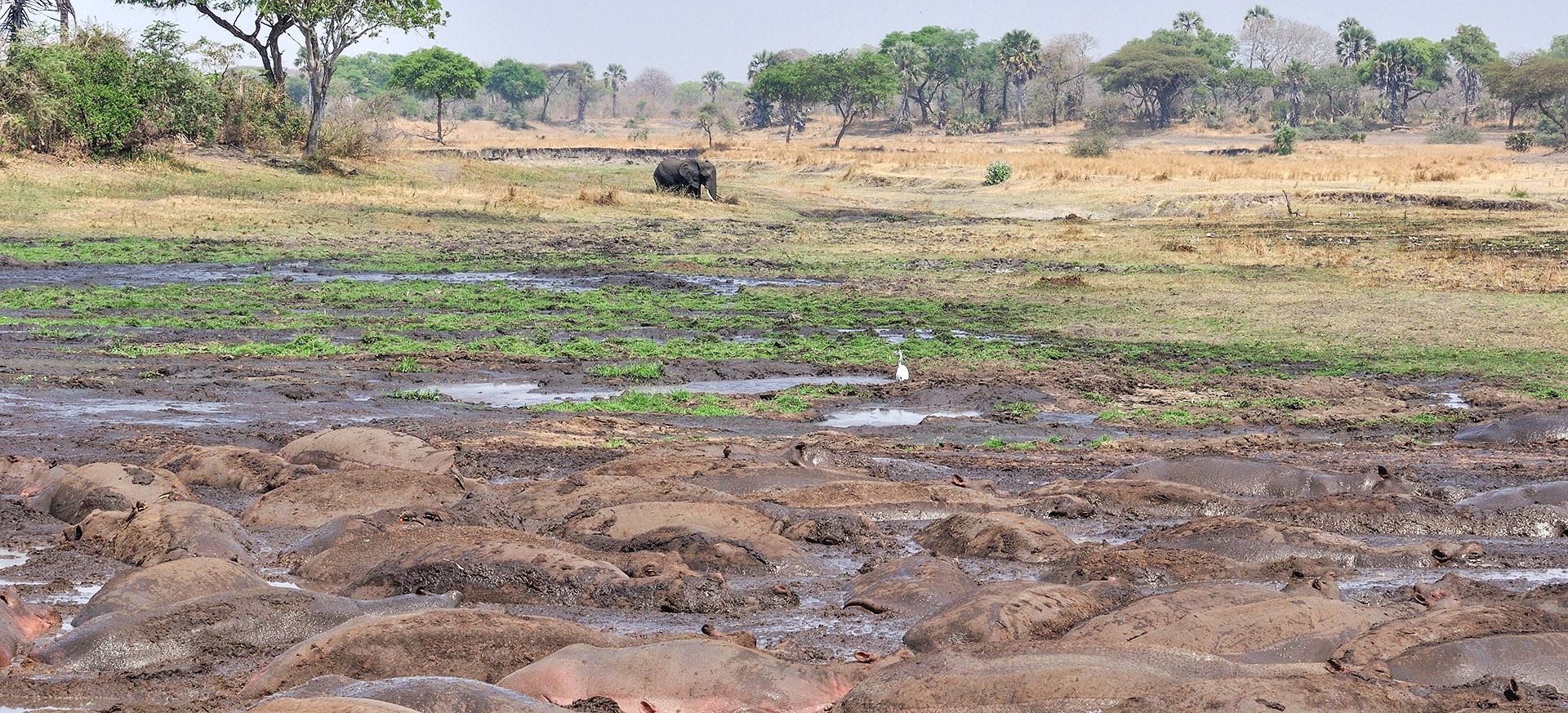
Katavi is claimed to have the highest bio-density of any national park in Africa.
During the dry season the amount of wildlife can certainly be prodigious, as the animals converge on the two savanna areas, which become covered with incredible numbers of giraffes, zebras, wildebeest, defassa waterbucks, hartebeest and topis, as well as impressive herds of buffaloes.
There are also thought to be around 4000 elephants in the area.
Predators include good numbers of lions, cheetahs, wild-dogs, spotted hyenas and leopards.
It’s not often that hippos and crocodiles get top billing, but here in Katavi their presence is so impressive that it’s hard to ignore.
Hippos, which during the wet season are able to enjoy the swampy conditions out on the plains, are forced in the dry season to migrate inwards to the few remaining pools and streams, causing preposterous pile-ups of prodigious proportions. Nowhere in Africa will you see such incredible entanglements of grunting, irritable hippo flesh, constantly moaning and arguing, fighting for space.
Try not to get your vehicle stuck in the muddy entrance to one of these pools close to sundown as we once did, for as night falls the hippos emerge en masse to forage. We had to light fires around our vehicle and form a circle, screaming into the darkness like crazed primaeval cave-dwellers to keep the massed porky ranks at bay.
Crocodiles also gather together, digging eerie looking caves into the riverbanks and lying nose to tail with each other, similarly irritable about this whole dry season thing. It must be so difficult for them to catch prey when there’s so little water around.
Lions are most commonly found around the edges of the plains during the dry season, where they enjoy the shade, before heading out onto the savanna to dine each evening. Several prides have overlapping territories around these key fringe areas and there are regular territorial conflicts throughout the dry season. Occasionally there are extremely impressive lion vs buffalo conflicts (of the type seen on the Busanga Plains in Kafue and Duba Plains in Okavango), also usually during daylight hours.
Spotted hyenas are also often seen out in the open, cheetahs less frequently, whilst leopards tend to stick to the fringing woodlands. Wild-dogs are much more elusive and are thought to prefer hanging out amongst the thicker bush higher up the escarpment.
an excellent range of reasonably accessible savanna wildlife
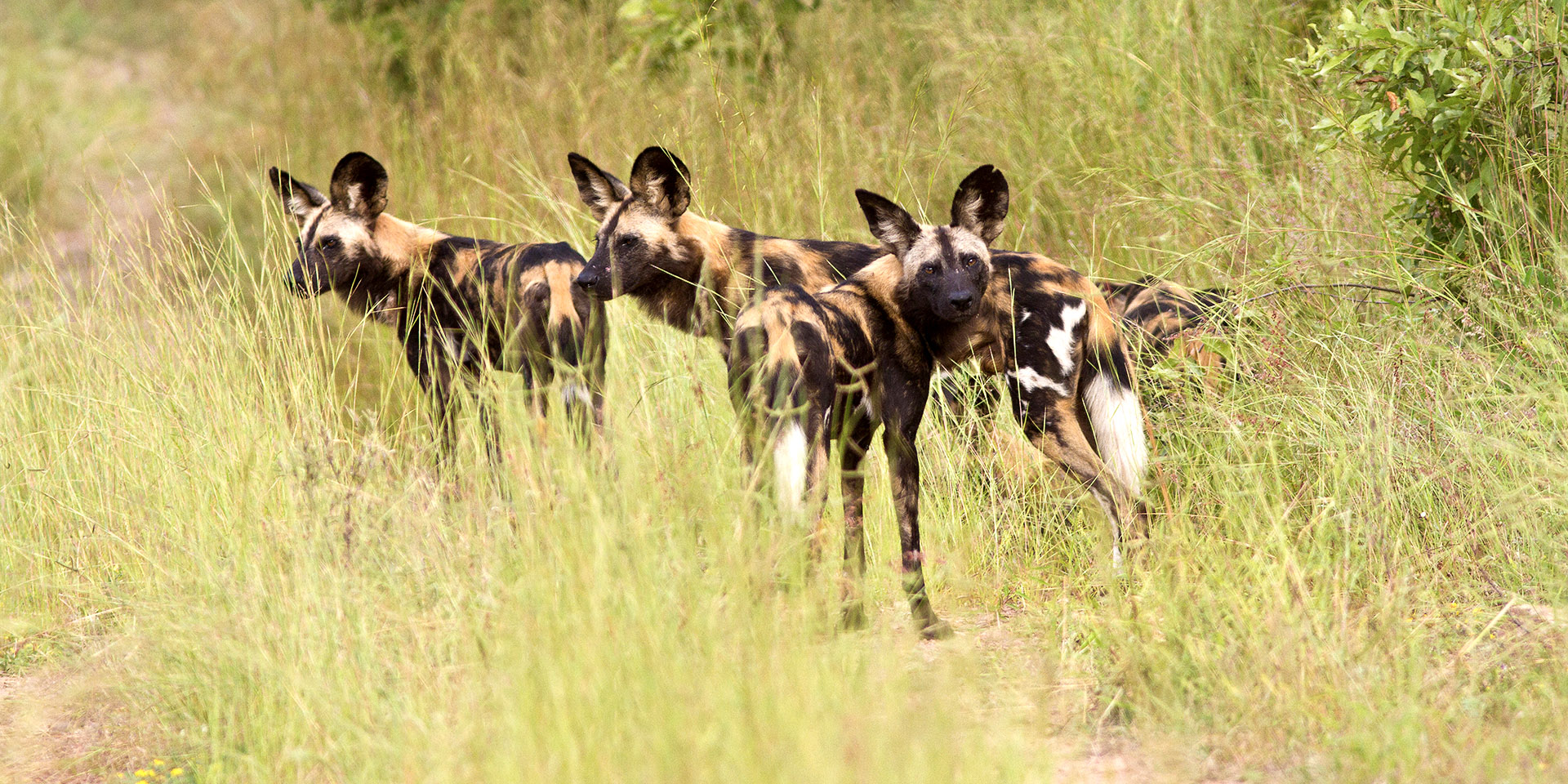
Katavi National Park has an impressive 420 recorded bird species.
The wetland parts of the park are home to waterbirds including open-billed storks, saddle-billed storks, spoonbills, crested cranes and pink-backed pelicans.
The savanna areas are home to a good range of raptors and vultures.
The woodland areas feature highlights including African golden orioles, paradise fly-catchers and pennant-winged nightjars.
particularly strong for wetland birding
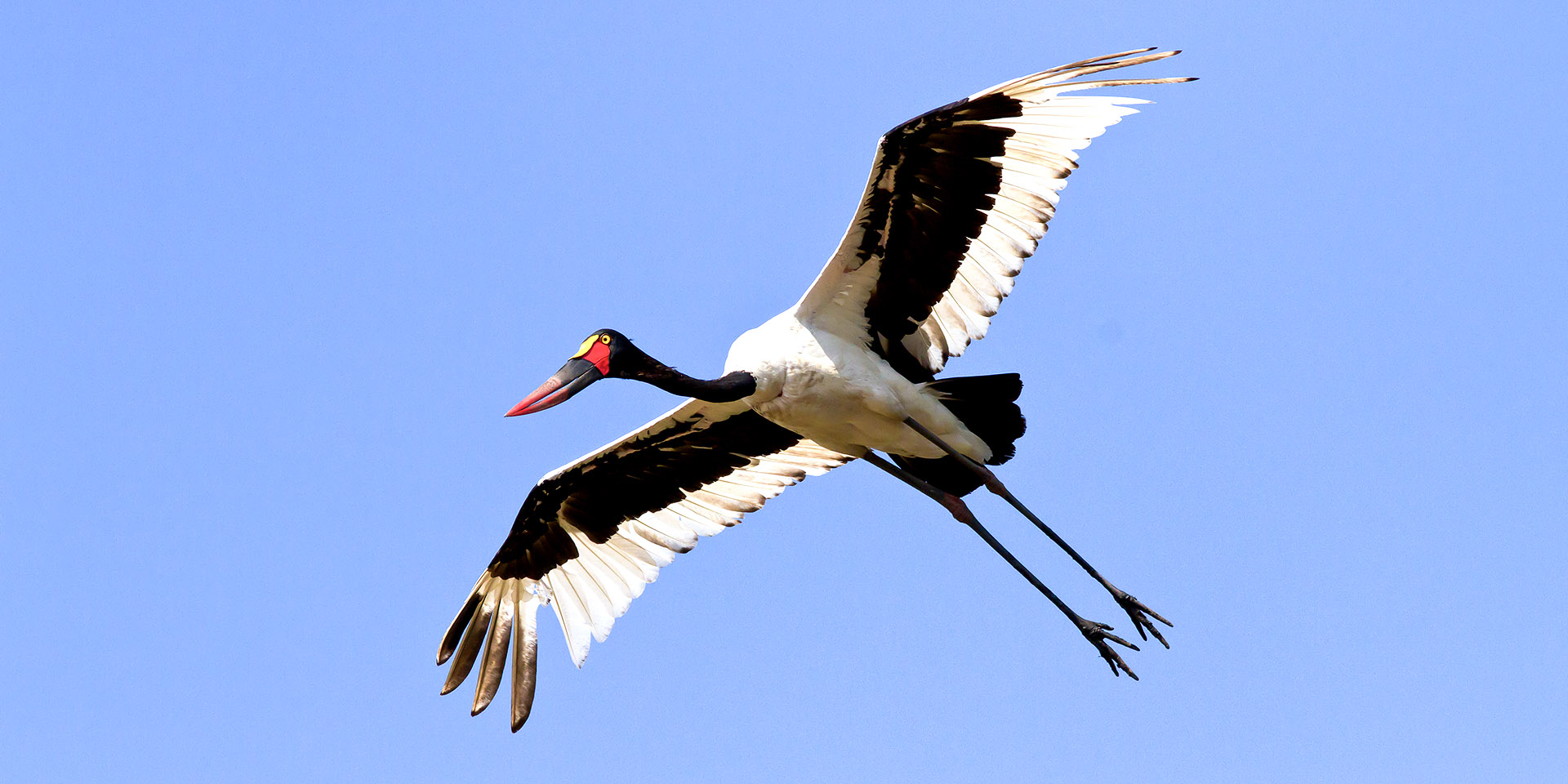
The parks of western Tanzania are extremely remote and expensive to access.
As a result Katavi experiences very low visitor numbers. When we first landed here in 2003 only 78 international visitors had signed the park registration book between January and October.
The numbers have increased significantly since then, to around 1500 per year, which is roughly 0.2% of the number of people who visit the parks in Tanzania. To put it another way, for each visitor to Katavi, there are around 500 into Serengeti.
This lack of visitor numbers helps to maintain the remote and special feel of the reserve and is a major reason to visit in its own right.
Interestingly the park regulations in Katavi are rather less restrictive than in other reserves, with off-road driving, walking safari and night vehicle safari being widely permitted. This greatly helps the safari operators to deliver exciting and high quality safari experiences.
one five hundredth of the visitors numbers of Serengeti

let us know your thoughts about Tanzania
and we will help you create the perfect trip
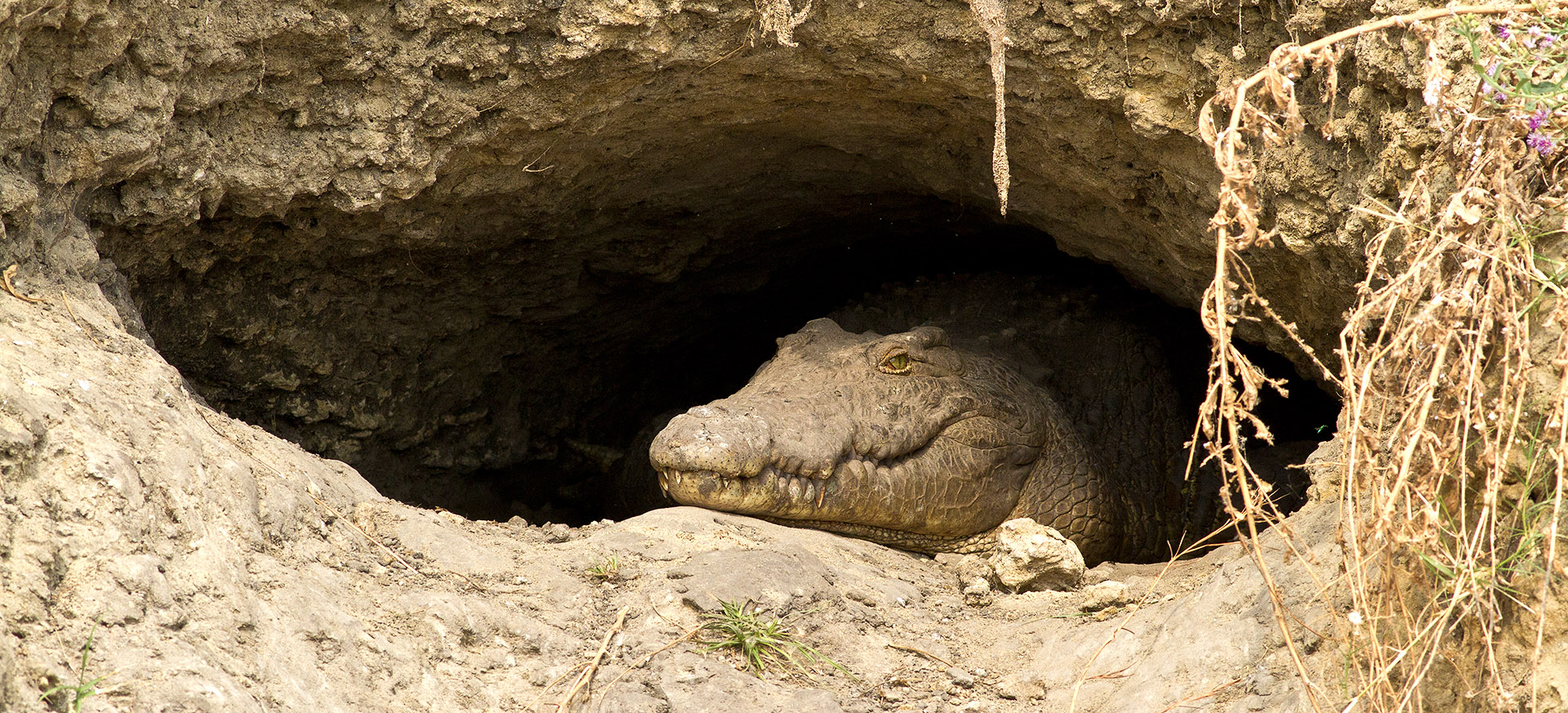
Extraordinary tailor-made adventures,
from earthy and edgy to easy and extravagant
From around USD 2500 per person, you set the ceiling
Sample Trips
Here are some of our popular trip shapes
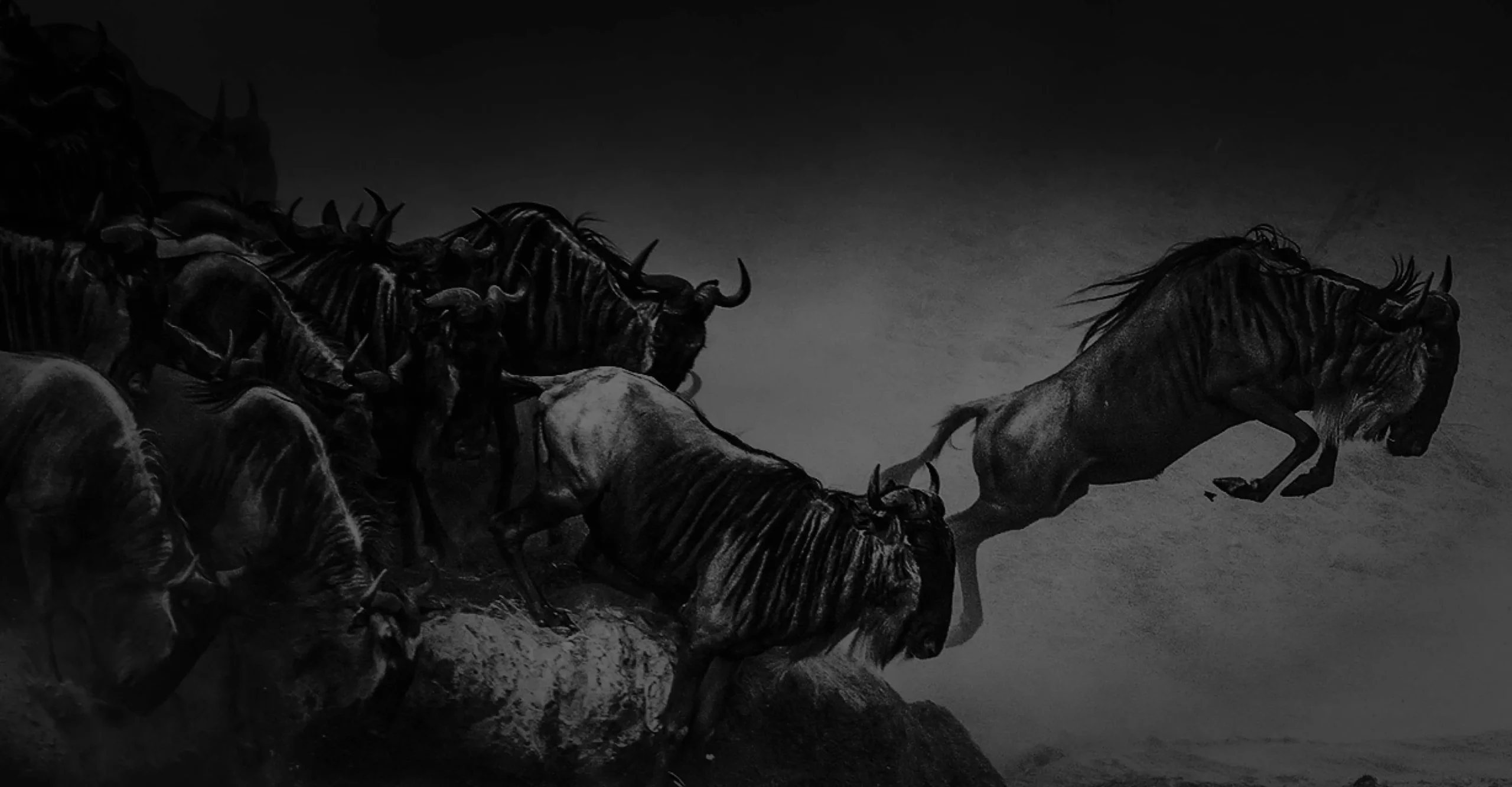
Get started on your trip
It’s never too soon to get in touch, we are here to help with every stage of your planning.
Best Lodges
We regularly inspect and photograph all of the the best lodges, to ensure that we always recommend the most suitable options
Key Locations
Take a look around related locations. Click ‘View more’ to explore locations further afield.
Where Next?
Where Next?
We offer trips to dozens of fabulous countries.
Might one of these might be your next great adventure?
Please rotate your screen.
